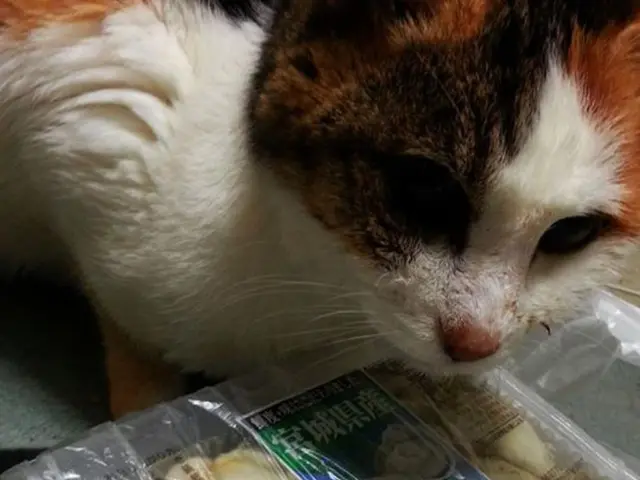Understanding Dog Jowls: Crucial Information for Pet Owners
Looking at a Bulldog or reminiscing about the doggo from "Turner and Hooch," what catches your eye is likely the bulky jowls around their face. These jowls aren't just a unique feature for some breeds; they can serve various practical purposes.
What Exactly Are Dog Jowls?
Jowls are the excess skin and flaps of lips that hang on either side of a dog's mouth. They also include a thin layer of fat and connective tissue. Not all dogs flaunt prominent jowls, but some breeds, like Bulldogs, have them more noticeably.
Why Do Dogs Have Jowls?
While jowls can be a result of human breeding choices, they may offer potential benefits for dogs:
- Eating is Easier: The stretchy skin on both sides of the mouth allows dogs to open their mouths wide for eating and chewing without food continuously falling out of their mouth.
- Retains Moisture: Jowls can help retain saliva in a dog's mouth, making it less likely to dry out.
- Offers Protection: Prominent jowls may make it more difficult for another dog to grab onto a dog's face since the jowls' unpredictable movement during movement can make it challenging. Even if another dog manages to grip the jowls, large jowls may protect delicate internal structures.
- Keeps Water Out: In swimming breeds, dog jowls can help keep excessive water from entering the mouth and airways by creating a large air bubble close to the mouth.
- Assists With Scent and Tracking: Jowls can help carry scents towards the nose when a dog is sniffing a scent trail, benefiting dogs involved in scent-focused work.
In many cases, large jowls are simply due to breeders choosing to select dogs with bigger and more prominent jowls.
Popular Dog Breeds with Large Jowls
While all dogs technically have jowls, some breeds are famous for their large, prominent, droopy jowls. These breeds include:
- Basset Hound
- Bloodhound
- Boxer
- Bulldog
- Dogue de Bordeaux
- English Mastiff
- Great Dane
- Neapolitan Mastiff
- Newfoundland
- Rottweiler
- Saint Bernard
Some Labradors Retrievers may also have pronounced jowls, although they may not be as large and noticeable as the breeds listed above.
Problems With Dog Jowls
- Skin Fold Dermatitis: The skin folds in jowls can trap moisture, saliva, and environmental moisture, predisposing some dogs to bacterial and fungal (yeast) infections. Bacteria and yeast tend to thrive in dark, damp places, making the area under the droopy jowls an ideal breeding ground. These jowl infections can cause swelling, redness, and pain. In severe cases, dogs may repeatedly scratch at their inflamed jowls, causing bleeding.
- Excessive Drooling: Large jowls are often associated with drooling in some breeds. This excessive drooling is due to the buildup of saliva and fluids within the skin folds of the jowls. Dogs may leave a trail of water behind when walking away from their water bowl or often be observed with long strings of thick, ropy saliva hanging from their jowls. While excessive drooling does not cause any medical issues (unless it leads to skin infections), it can be quite inconvenient for many dog owners.
- Oral Papillomavirus (Warts): Oral papillomavirus can cause growths on the inside of a dog's mouth or on its jowls. These growths are caused by a virus that is transmitted between dogs and are most common in dogs under two years old. If a dog has papillomavirus, it will have multiple pink, bumpy growths visible inside its mouth or on its jowls. In severe cases, these papillomas may become painful and may even start to bleed. Having large jowls does not increase the likelihood of a dog developing papillomavirus, but papillomas on the jowls are often more noticeable.
- Incorporating science and health-and-wellness, regular skin-care routines could help prevent Skin Fold Dermatitis in dogs with large jowls by ensuring the area is kept dry and free from moisture, dust, and debris.
- Lifestyle choices can also impact a pet owner's experience with dogs that have large jowls, as excessive drooling may require additional cleaning and maintenance during daily routines at home, such as feeding and watering, to minimize messes.








